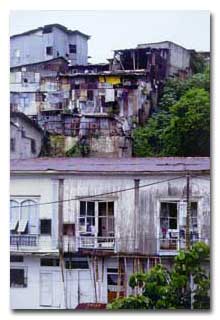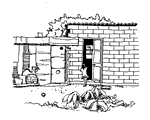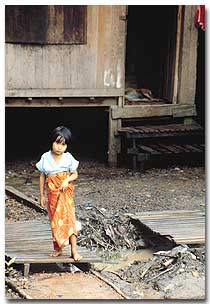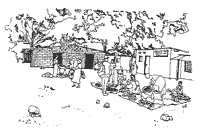|
|||||||||||||
 |
|||||||||||||
An interactive format with choices, tradeoffs, tools,
|
|||||||||||||
|
|
|||||||||||||
| Navigation throughout the Resource is accomplished by clicking on the file folder tabs in the graphic above at the top of this page. The tabs will take you to that section area. Learn more about the tab navigation graphic. There are also text links at the bottom of this page to help you navigate the site. | |||||||||||||
WHY ARE WE DOING THIS?
|
 |
||||||||||||
 |
WHAT ARE THE FEATURES OF THIS SITE?
|
||||||||||||
WHAT ARE THE BASIC ASSUMPTIONS?
|
 |
||||||||||||
 |
WHAT CAN YOU DO: JOIN IN!We welcome contributions and comments. This is a work-in-progress which is continuously updated as the information is gathered. A CD is published periodically to reach a wider audience. |
||||||||||||
CREDITSPrepared with the support of the Cities Alliance, a global partnership to achieve the promise of well-managed cities. Prepared for the Thematic Group for Services to the Urban Poor, The World Bank, directed by George Gattoni, Roberto Chavez, Julie Viloria and with support from Rumana Huque and Christianna Johnnides. Prepared by SIGUS - Special Interest Group in Urban Settlement, School of Architecture and Planning, MIT. Prepared by Reinhard Goethert and Anne Beamish with Kristin Little. Web site design by Will Donovan. Additional contributions from Nastasha Collins, Jennifer Mack, Vinit Mukhija and Kishore Varanasi. Website proof reading by Barbara MacLeod. |
 |
||||||||||||
ACKNOWLEDGMENTS |
|||||||||||||
|
|
|||||||||||||
The views and interpretations herein should not be attributed to the World Bank, the United Nations, the Cities Alliance, or to its affiliated organizations or to any individuals acting on their behalf. |
|||||||||||||
|
|||||||||||||
